Turtles
Turtles are treated in Ancient Egyptian belief, as in other cultures, as an ambiguous force, reflecting their life as creatures of both land and sea. In Ancient Egyptian religious iconography and literature, the turtle can be among marginal creatures invoked to defend a person, as on the objects illustrated below. However it is often the enemy of the sun-god Re. This negative position is already announced in the Coffin Texts: 'If you tell me to eat this (excrement), then Re will eat turtle'. In the New Kingdom (about 1550-1069 BC) the following refrain dominates an incantation appearing on almost all inscribed private coffins to the Late Period, and in funerary papyri (as Book of the Dead chapter 161): 'May Re live and may the turtle die' (see a fragment from Thebes)
Amulets and objects with depictions of the turtle, as a force to defend health and life.
(click on the images to a larger picture)
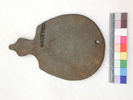 |
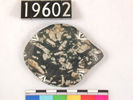 |
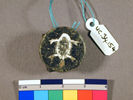 |
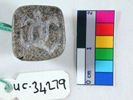 |
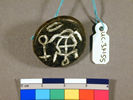 |
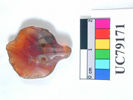 |
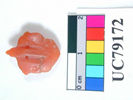 |
(date of objects: the two cosmetic palettes are predynastic; the seals date to the end of the Old Kingdom, the carnelian (red) amulets perhaps a little later)
Fischer 1968 (on the representation
of turtles in Egyptian art)